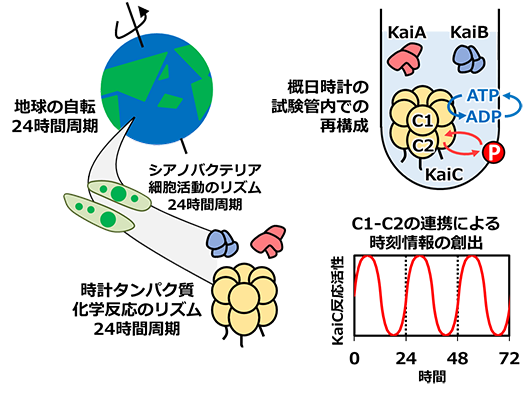2022-04-15 イリノイ大学アーバナ・シャンペーン校
過剰なナトリウムのほとんどは加工食品やパッケージ食品に由来するため、食品業界や食品科学者はナトリウムを減らす方法を継続的に探しています。イリノイ大学の新しい論文では、食品製造におけるナトリウム削減戦略に関する科学文献を包括的にレビュー(スコーピングレビュー)しています。
<関連情報>
- https://aces.illinois.edu/news/study-explores-what-food-sector-needs-know-about-how-reduce-sodium
- https://ift.onlinelibrary.wiley.com/doi/10.1111/1541-4337.12915
食品中のナトリウム低減戦略の大要。スコーピングレビュー Compendium of sodium reduction strategies in foods: A scoping review
Aubrey N. Dunteman,Elle N. McKenzie,Ying Yang,Youngsoo Lee,Soo-Yeun Lee
Institute of Food Technologists First published: 24 February 2022
https://doi.org/10.1111/1541-4337.12915

Abstract
In response to health concerns generated by increased sodium intake, many new approaches have been studied to reduce the sodium content in processed food. It has been suggested that reducing sodium in the food supply may be the most appropriate solution. The aim of this scoping review was to establish what sodium reduction strategies are effective in maintaining acceptable sensory qualities for various food industry applications. Studies that evaluate and report on the effectiveness of a sodium reduction strategy relevant to food and included outcomes detailing how the strategies were received by human subjects using sensory data are included, as well as book chapters, literature reviews, and patents focusing on sodium reduction strategies. Only those published in English and since 1970 were included. Literature was obtained through Scopus, PubMed, EBSCOhost, and ScienceDirect databases, whereas patents were obtained through US Patent Trademark Office, Google Patents, and PATENTSCOPE databases. Two-hundred and seventy-seven primary studies, 27 literature reviews, 10 book chapters, and 143 patents were selected for inclusion. Data extracted included details such as analytical methods, broad and specific treatment categories, significant outcomes, and limitations among other material. Sodium reduction methods were categorized as either salt removal, salt replacement, flavor modification, functional modification, or physical modification. Although salt removal and salt replacement were the majority of included studies, future research would benefit from combining methods from other categories while investigating the impact on sensory characteristics, technological aspects, and consumer perception of the strategy.

